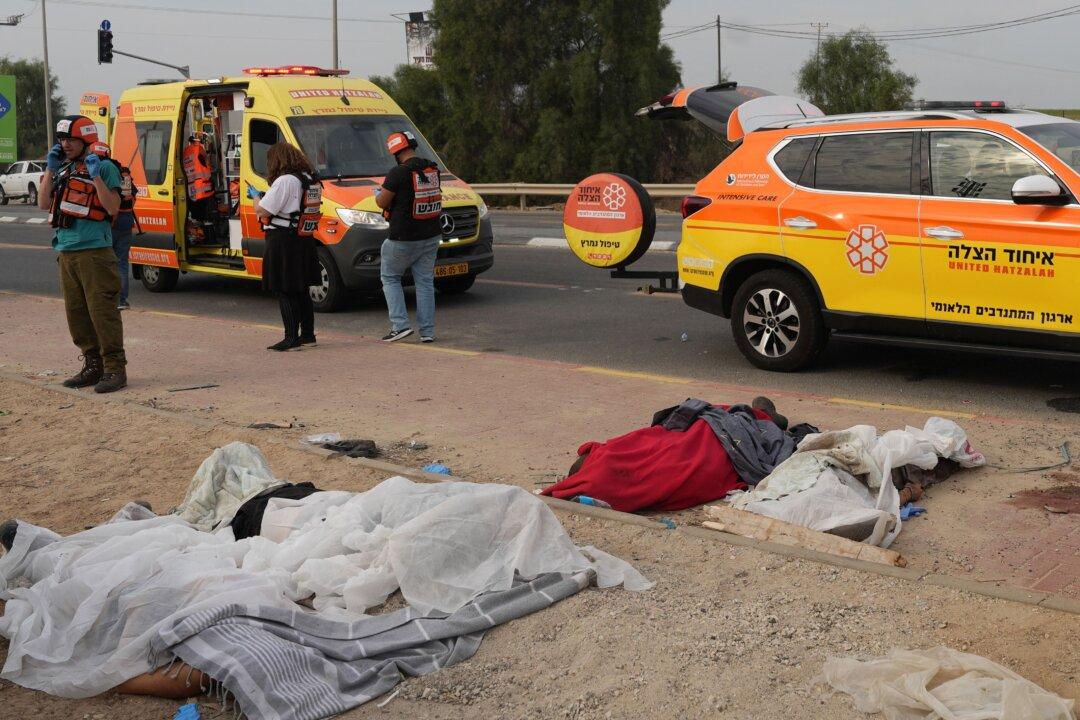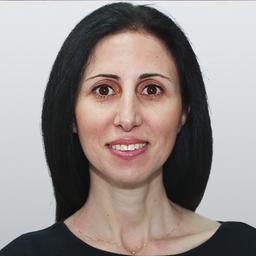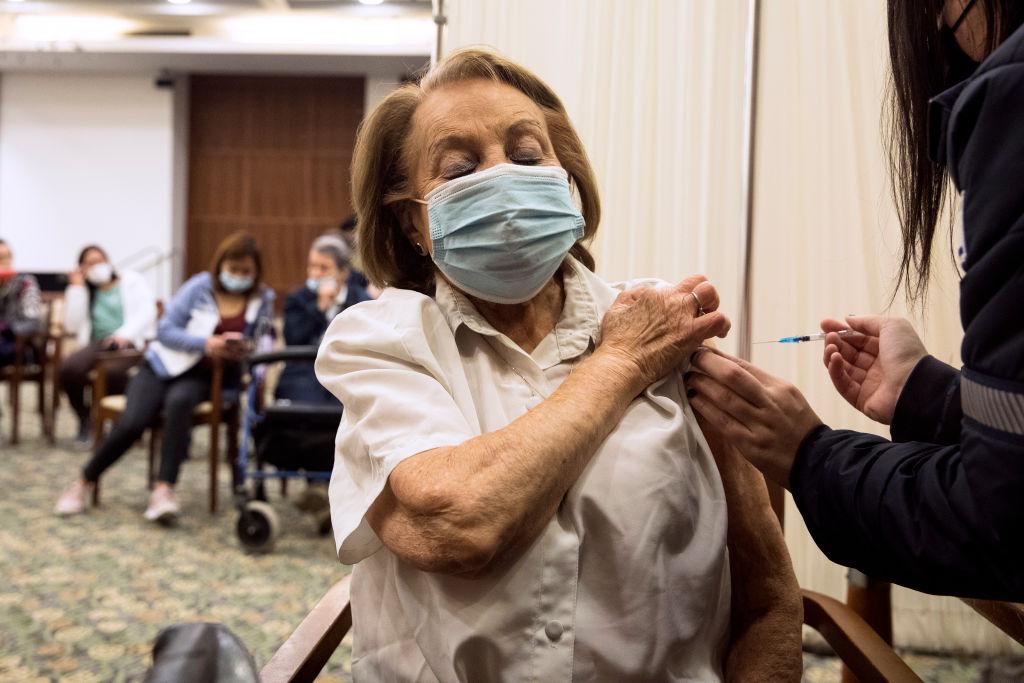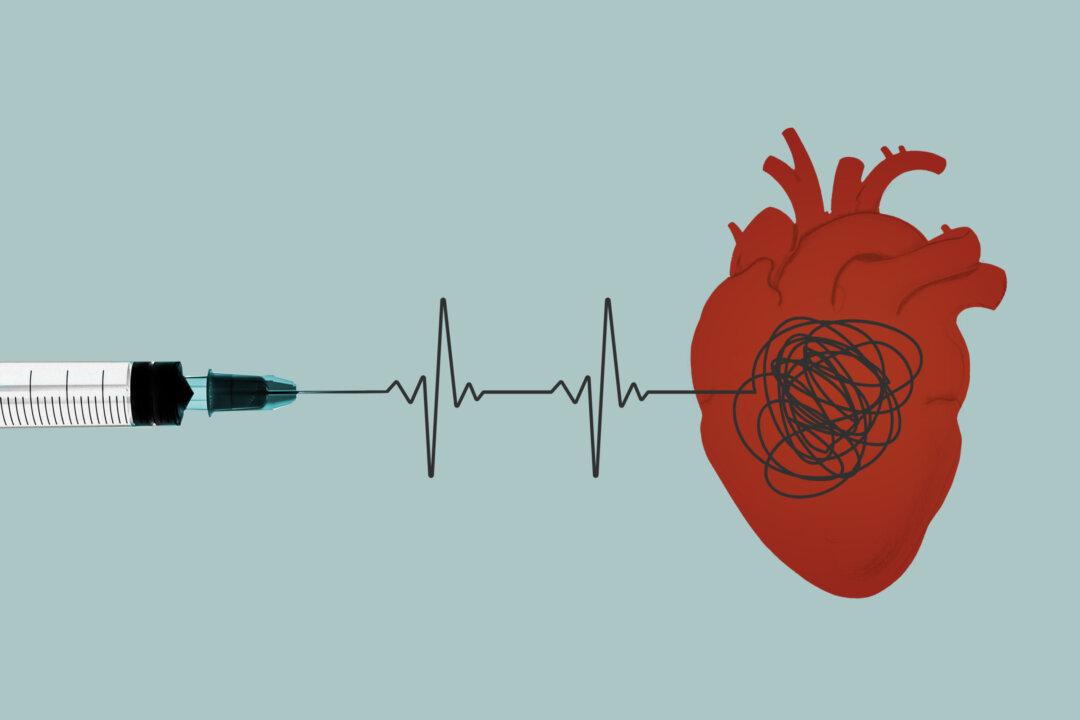HAIFA, Israel—On Oct. 7, at 6:35 a.m., the Hamas terror group began launching a rocket attack from the Gaza Strip in the southern area of Israel.
Following the barrage and the notifications sent out to alert people about a possible intrusion of terrorists into the area, the security coordinator of Ein HaBesor, a farming town located about four miles from the Gaza border, ordered the front gate to be closed and positioned all of his security team—made up of town residents, more than 60 armed men—to defend the community, Yftach Gepner, a resident of the town and eyewitness, told The Epoch Times.





